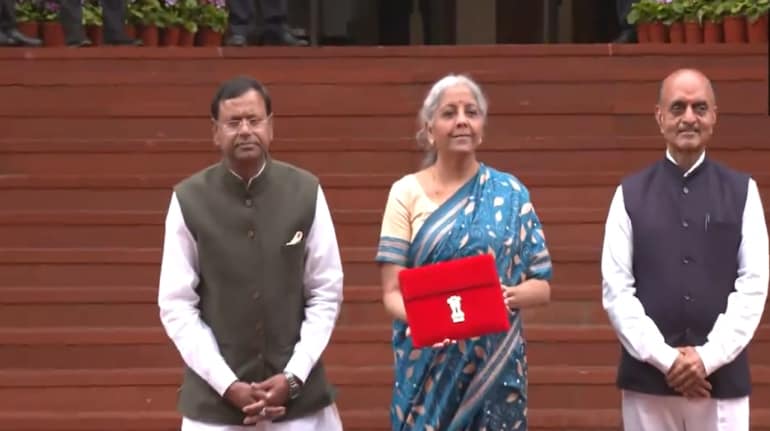
The proposals -- if approved -- would allow the government to gradually lower its holding in state-run lenders to 26% from 51% without diluting its grip on management appointments, the people said, asking not to be identified as the deliberations are private.
They would also simplify privatization of certain identified lenders and permit foreign investors to purchase bigger stakes in others without seeking parliament approval.
With the proposed amendments, Modi is seeking to reduce state-run banks’ reliance on frequent injections of government capital while still maintaining their quasi-sovereign status that depositors favor. The move would dilute some of the policies India enacted in 1969 when the state swept in to nationalize its lenders, creating a swathe of banks that even today control two-thirds of the sector’s assets and the bulk of its bad debts.
Key proposals:
Insert an enabling provision to speed up the process toward parliament approval for privatizations after details have been agreed with the Reserve Bank of India
Government stake reduced to minimum 26% from 51%; regulation wouldn’t move to the Companies Act that governs private sector lenders
Foreign stakeholdings can be allowed to breach the 20% cap
Single shareholder’s voting rights will no longer be capped at 10%
Early talks are still on and the details could change, the people said. The proposals would need to be studied and cleared by the cabinet before being placed before parliament, they added.
A spokesperson for the Finance Ministry couldn’t be reached for comment.
Bank privatizations can be fraught affairs in India, where unions still hold sway, albeit not as powerfully as they did decades ago. Thousand of employees belonging to state-run lenders continued their strike for a second day on Friday, protesting against the proposed privatization of banks by the government, the Press Trust of India reported.
However, Modi is fresh off the success of the privatization of Air India Ltd., the nation’s flag carrier, and is heading toward listing state insurer LIC, which is being compared with the Saudi Aramco IPO in its ambition, scope and scale.
Modi’s government could be betting that investor appetite for state-run banks will improve once a recently set up bad bank buys the worst of the soured assets on lenders’ books. The sector’s bad-loan ratio is forecast to rise to 9.8% by March 2022 from 7.48% a year ago, hampering the disbursal of fresh loans to businesses.
India is mulling changes in law to cut government's stake in banks - Economic Times
Read More

No comments:
Post a Comment